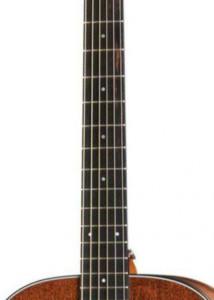There are many families of musical instruments. They are distributed based on the use and the composition. Guitars are members of the chordophone family, this is because of the strings are used for the sound it makes. Guitars make its sound by plucking the string by one hand and the other hand is making the notes and chords to make melodies. The use of either hand is based on the player if he or she is right or left handed. The body of the guitar especially the acoustic one amplifies the sound through its hollow body and a hole right under the strings. There may be many categories of a guitar, but the general ones are steel-stringed, arched top, classic (this is the most common), and flamenco.
There are many evidences that people in the past are using guitars throughout their existence. Archeological evidences are found many times among many races and past empires worldwide and evidences in Africa and Asia uses single-stringed bows as guitars whose civilizations are not so clear. The Hittite carving in modern-day Turkey clearly shows that a past version of a guitar is used and reflects exactly what it is today. The long neck and frets, the tuning heads, and the curve body and whose pictures are believed to be carved some 3000 years ago.
As the music and songs revolutionize, the number of strings have increased to what is now 6. In early Spain, guitarra latina was introduced in the 13th century with only 4 strings. It reflects the composition of the guitar found in the Hittite carving but this one lets that strings pass through the sound hole. Guitar has its popularity to its peak when the 5th string is added in the 16th century. In the 1700’s, its modern form was born because of the 6th string which holds the E note as bass. The present day 6-stringed guitar was first made in 1810 and is called Carulli and it is the first form of guitar to hold what is now using the formation of the notes: E A D G B E.


